
Gonzalo Giribet
@ggiribet
ID: 214242823
10-11-2010 22:53:44
1,1K Tweet
1,1K Followers
684 Following



Yoyo clams (Divariscintilla yoyo) are only found in Florida burrows of the mantis shrimp (Lysiosquilla scabricauda) where they affix to the walls, & yoyo up & down on their contractile foot, thus earning their name…and possibly a reputation as a difficult housemate. Spineless Science @ UF




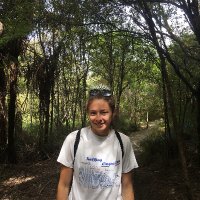
Happy to share our recent work on priapulan and ecdysozoan genomics! A big thank you to my co-authors in the Giribet lab Gonzalo Giribet and the Harvard FAS Informatics Group. academic.oup.com/gbe/article/15…

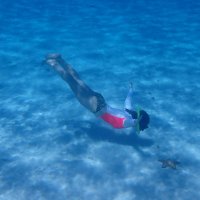
Happy to share our preprint on crustacean UCEs! We test a new probe set targeting UCEs for Malacostraca, specifically designed for Decapoda and Peracarida. The study was led by Jonas C. Geburzi from Leibniz Centre for Tropical Marine Research (ZMT), developed by Jonas in Museum of Comparative Zoology with Shahan Derkarabetian and Gonzalo Giribet


We are getting very excited about the upcoming GIGA V meeting co-sponsored by the American Genetic Association. Don't wait, abstracts are due August 1st. #GIGAV
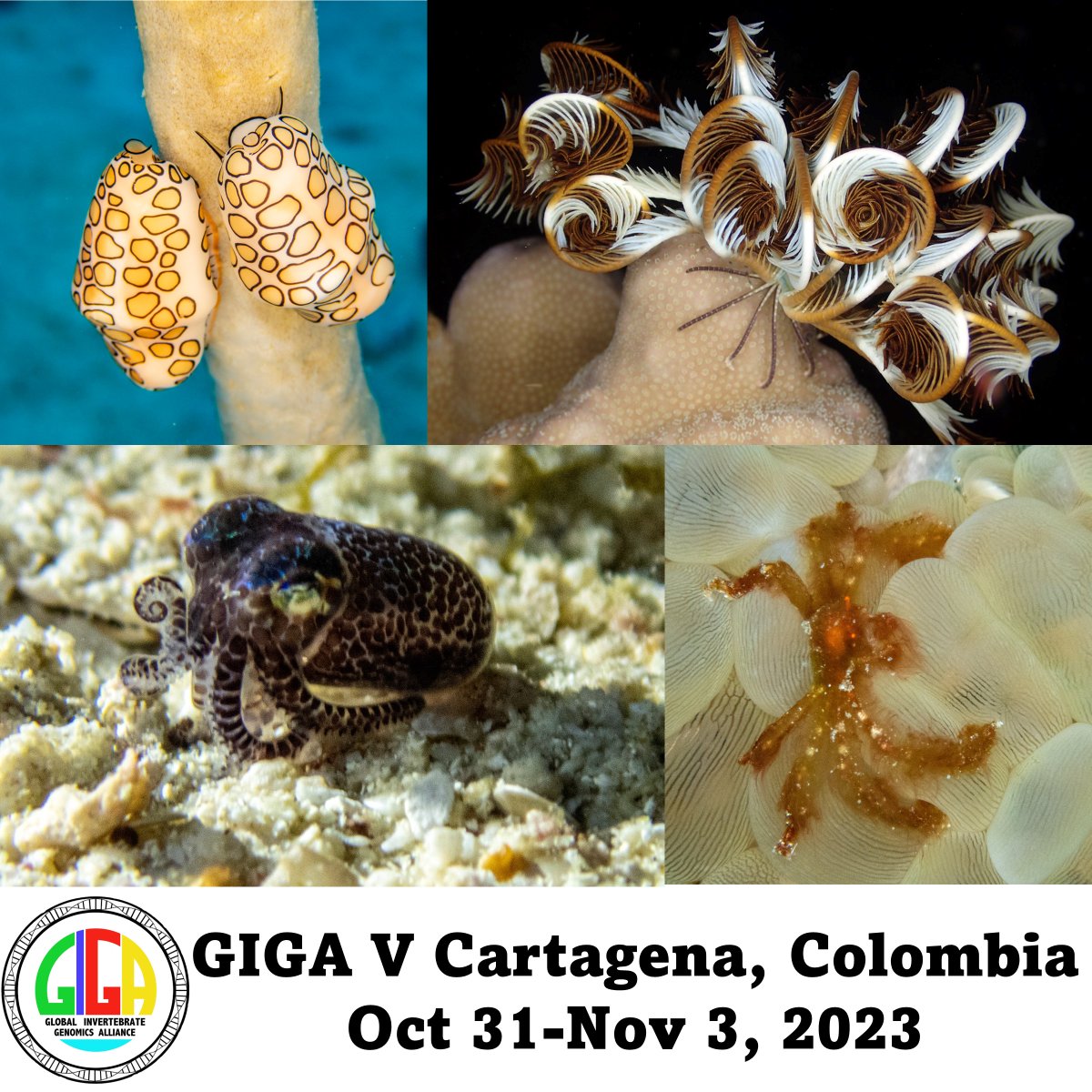


This is the product of great team work: Bruno de Medeiros Arianna Lord Martin Sørensen Gonzalo Giribet Harvard Organismic & Evolutionary Biology | Field Museum | University of Copenhagen Research Specimens Museum of Comparative Zoology mczbase.mcz.harvard.edu And there is so much more that you can see in the full paper Current Biology! doi.org/10.1016/j.cub.…
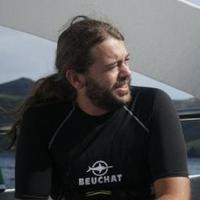

Our work on nematomorphs featured in @natgeo Spain! Tauana J. Cunha Bruno de Medeiros Arianna Lord nationalgeographic.com.es/mundo-animal/d… via @natgeoesp

Director and Curator of Invertebrate Zoology and Harvard Organismic & Evolutionary Biology professor, Gonzalo Giribet was part of the team that found a specimen of the first described species of velvet worm, which had previously only been reported in 1892 and 1984. stvincenttimes.com/american-scien…
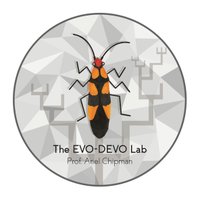


Cool CSIRO Publishing blog on invertebrates! blog.publish.csiro.au/invertebrates-…

Five new species of squat lobsters have been described by Paula Rodríguez Flores, former Biodiversity Postdoctoral Fellow. Munidopsis giribeti is named to honor MCZ director and Harvard Organismic & Evolutionary Biology professor Gonzalo Giribet's inspirational passion and dedication to invertebrates. bit.ly/4hSPpSP










